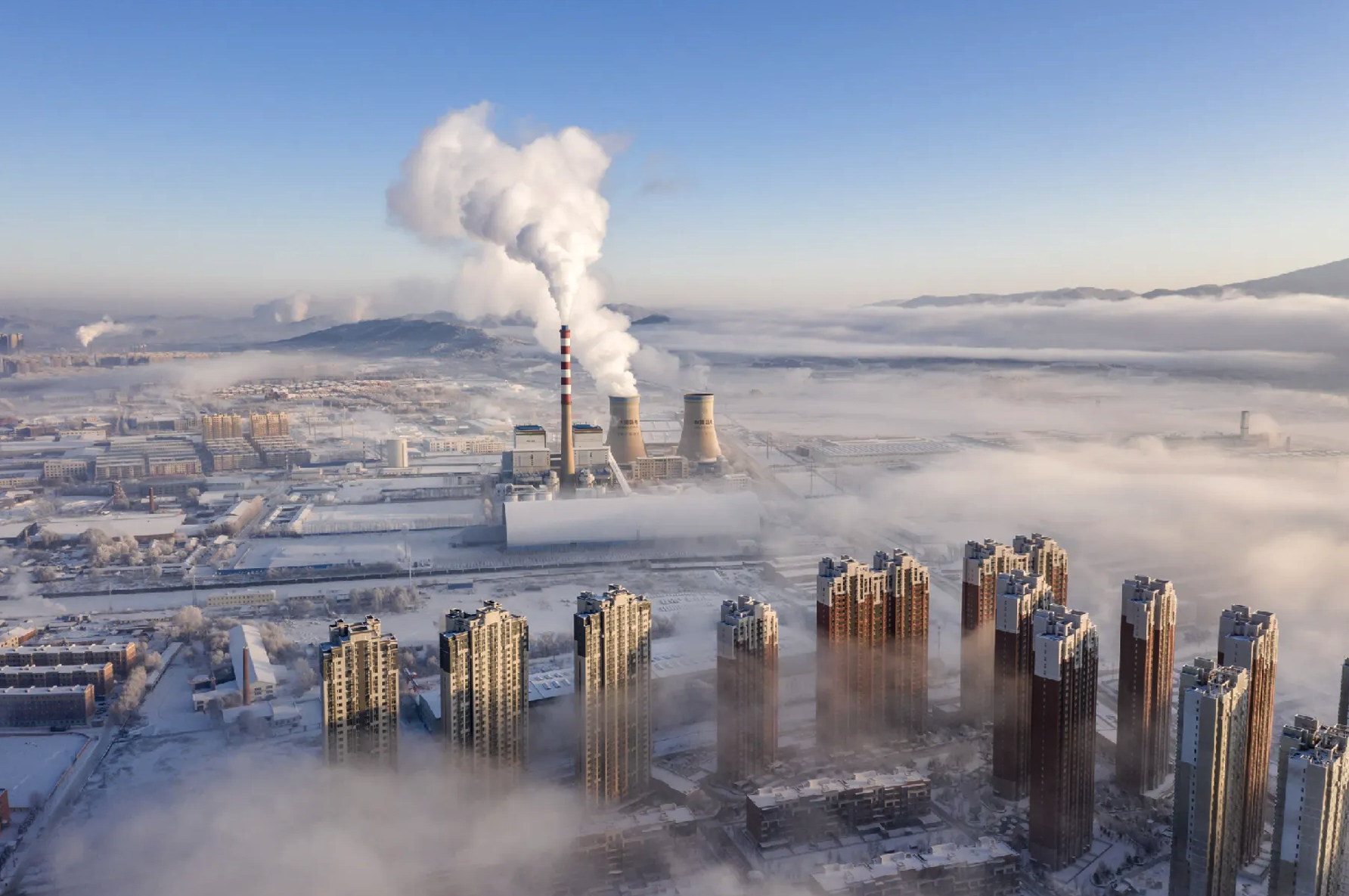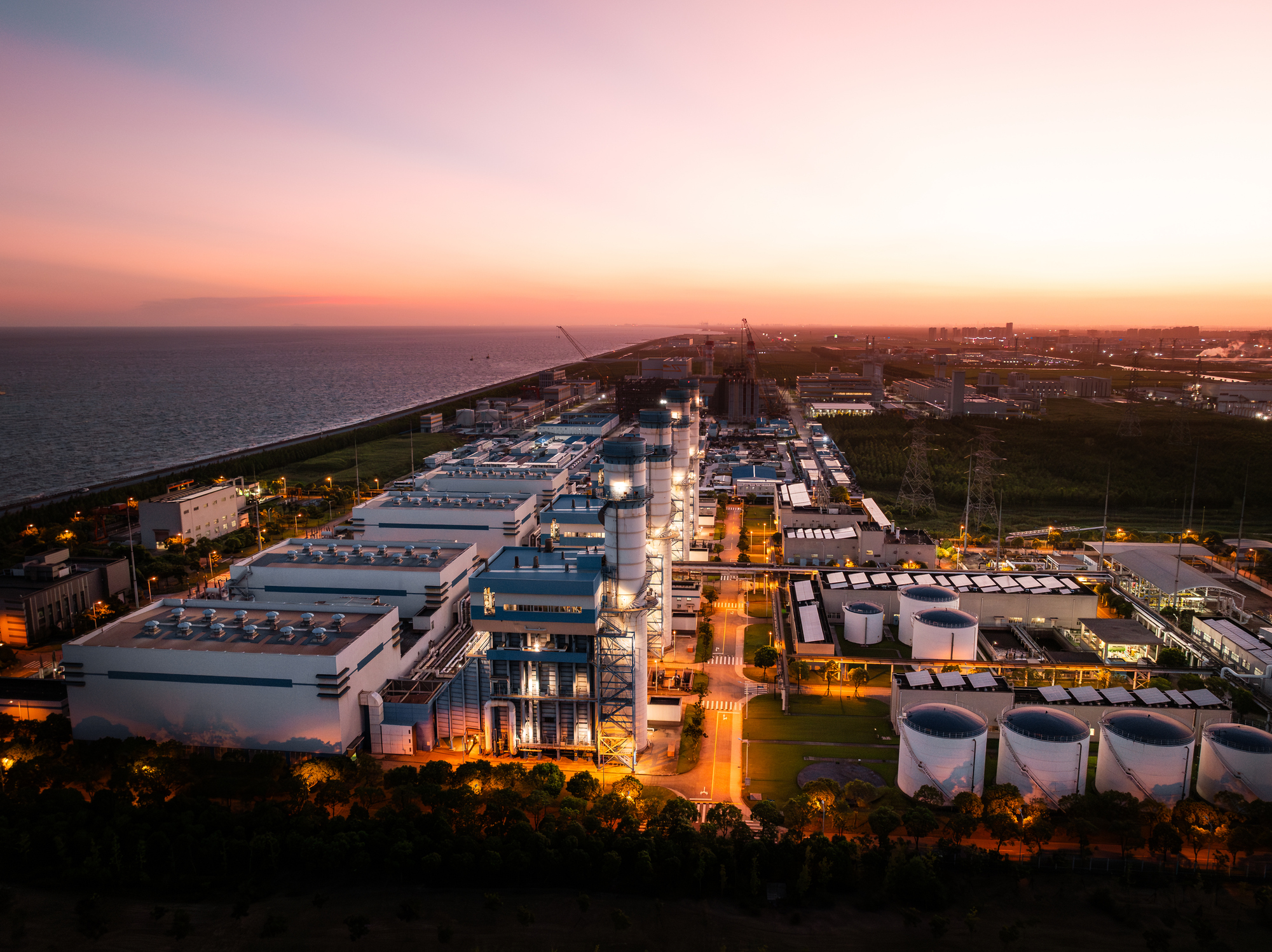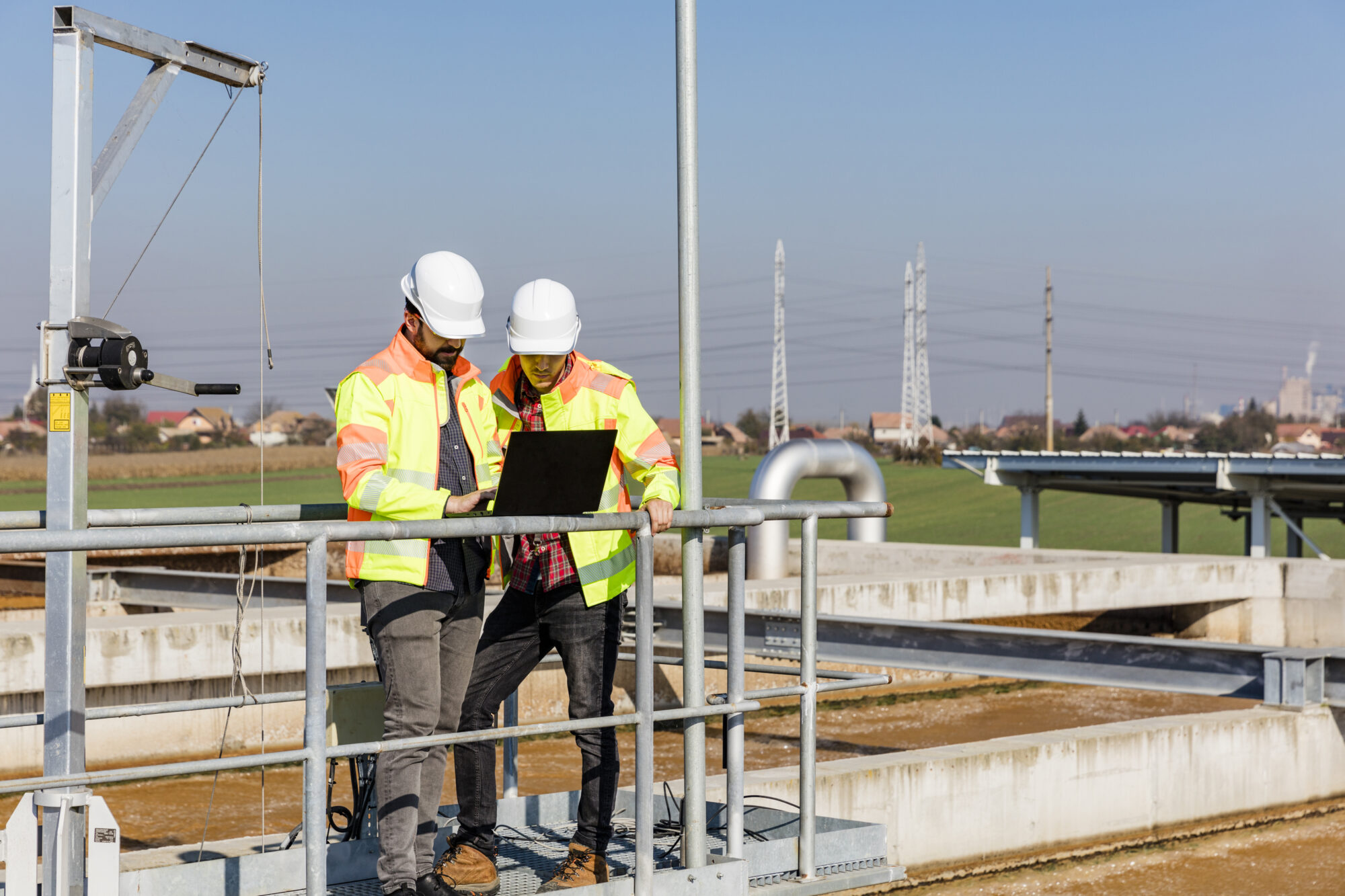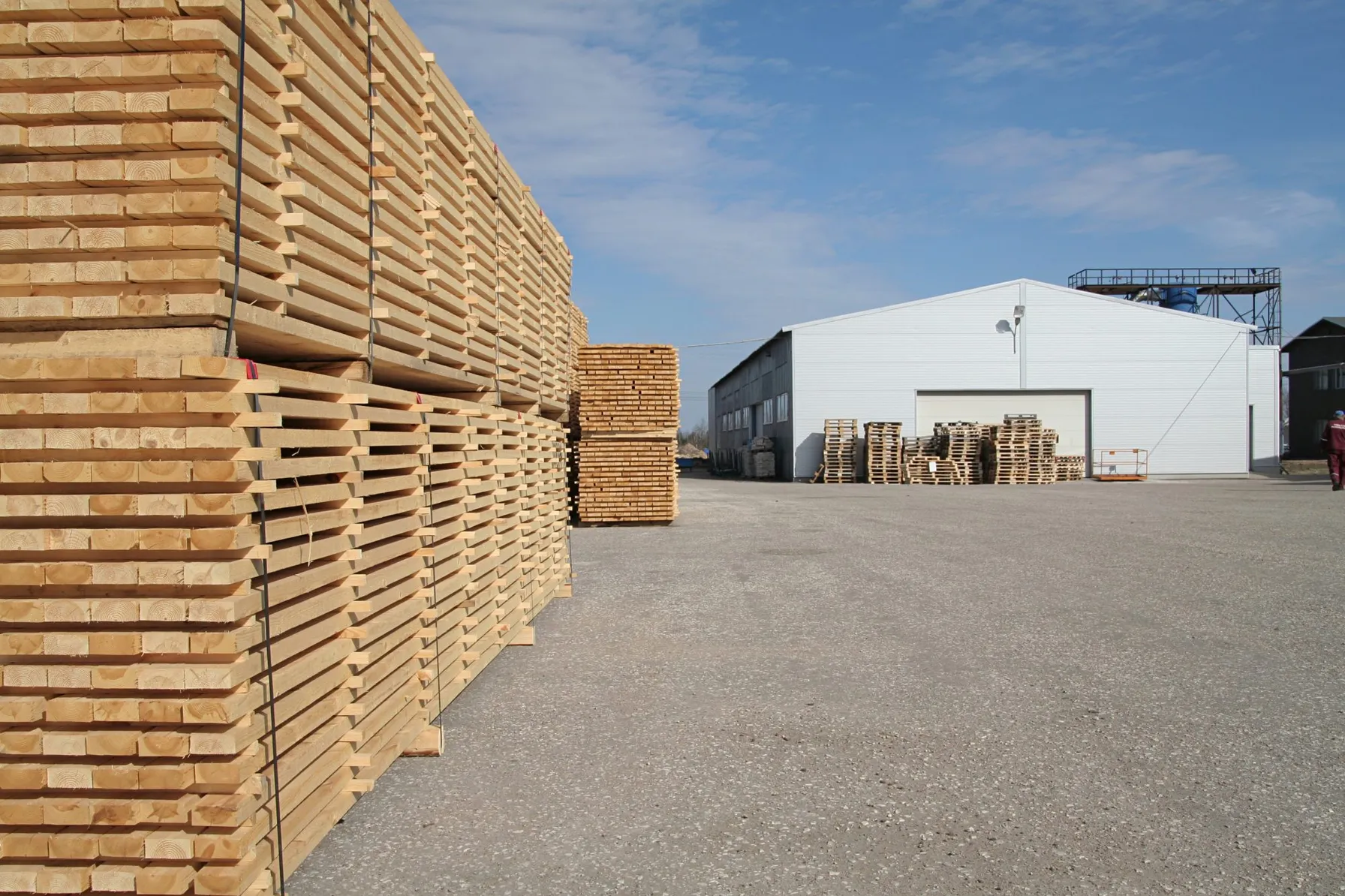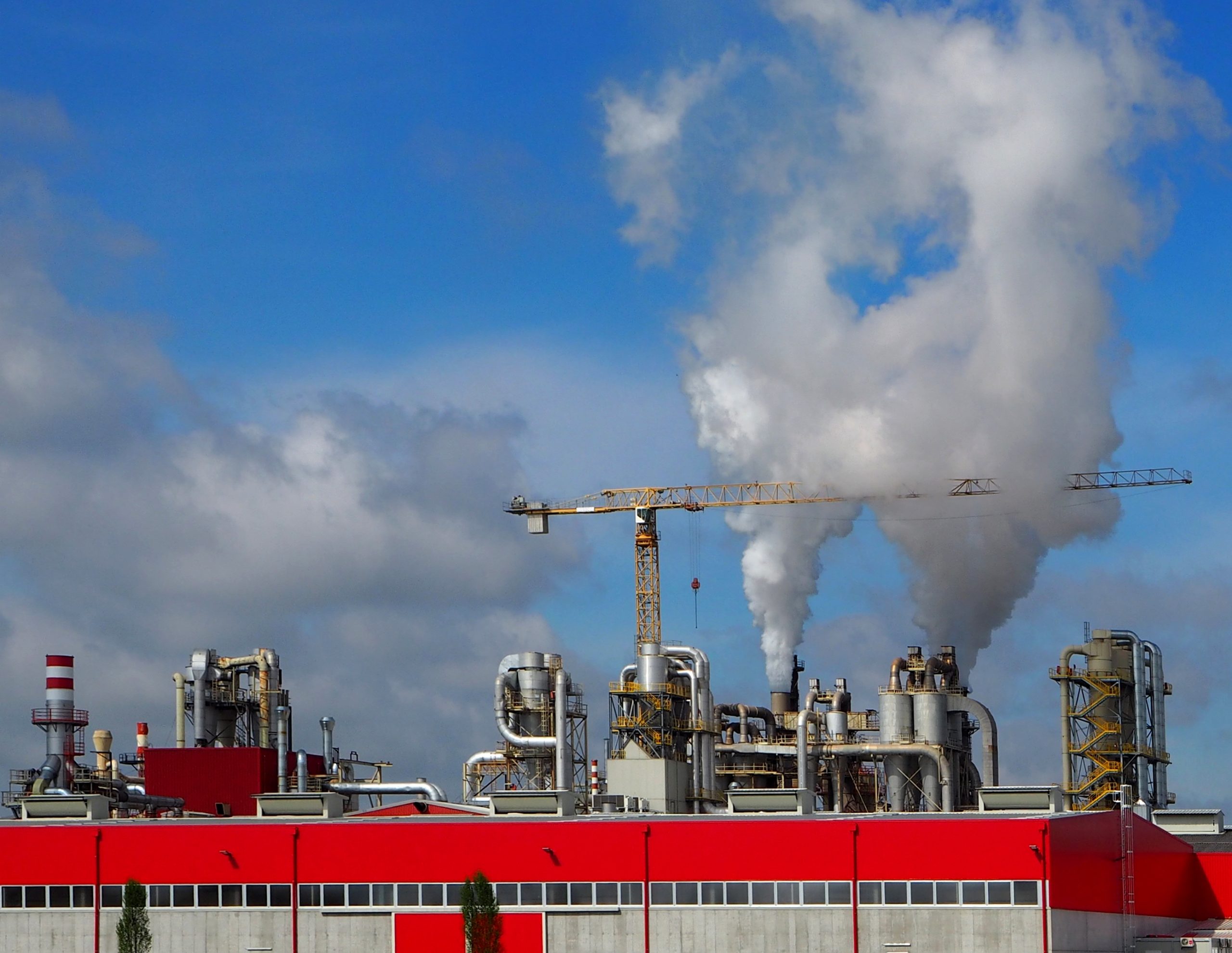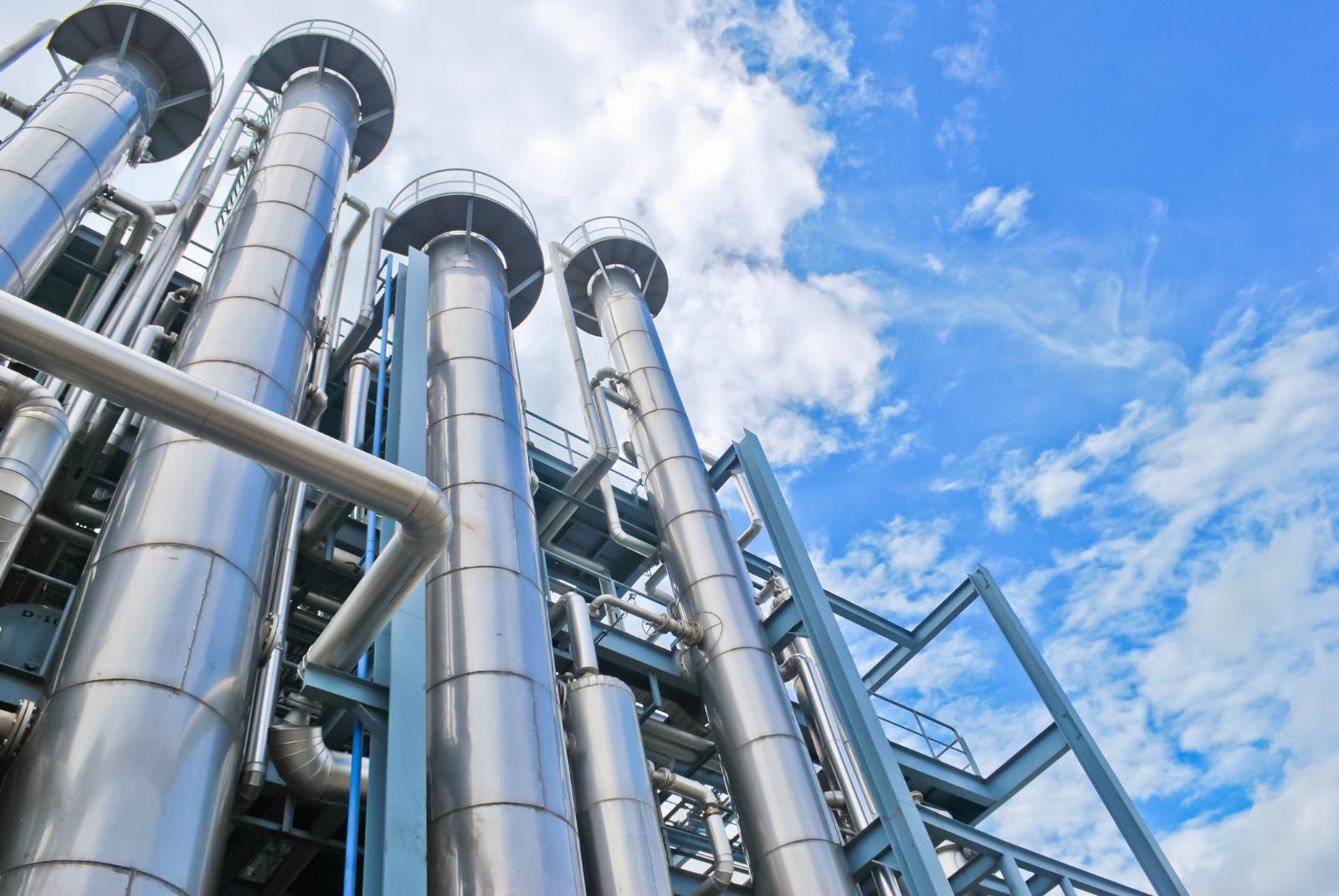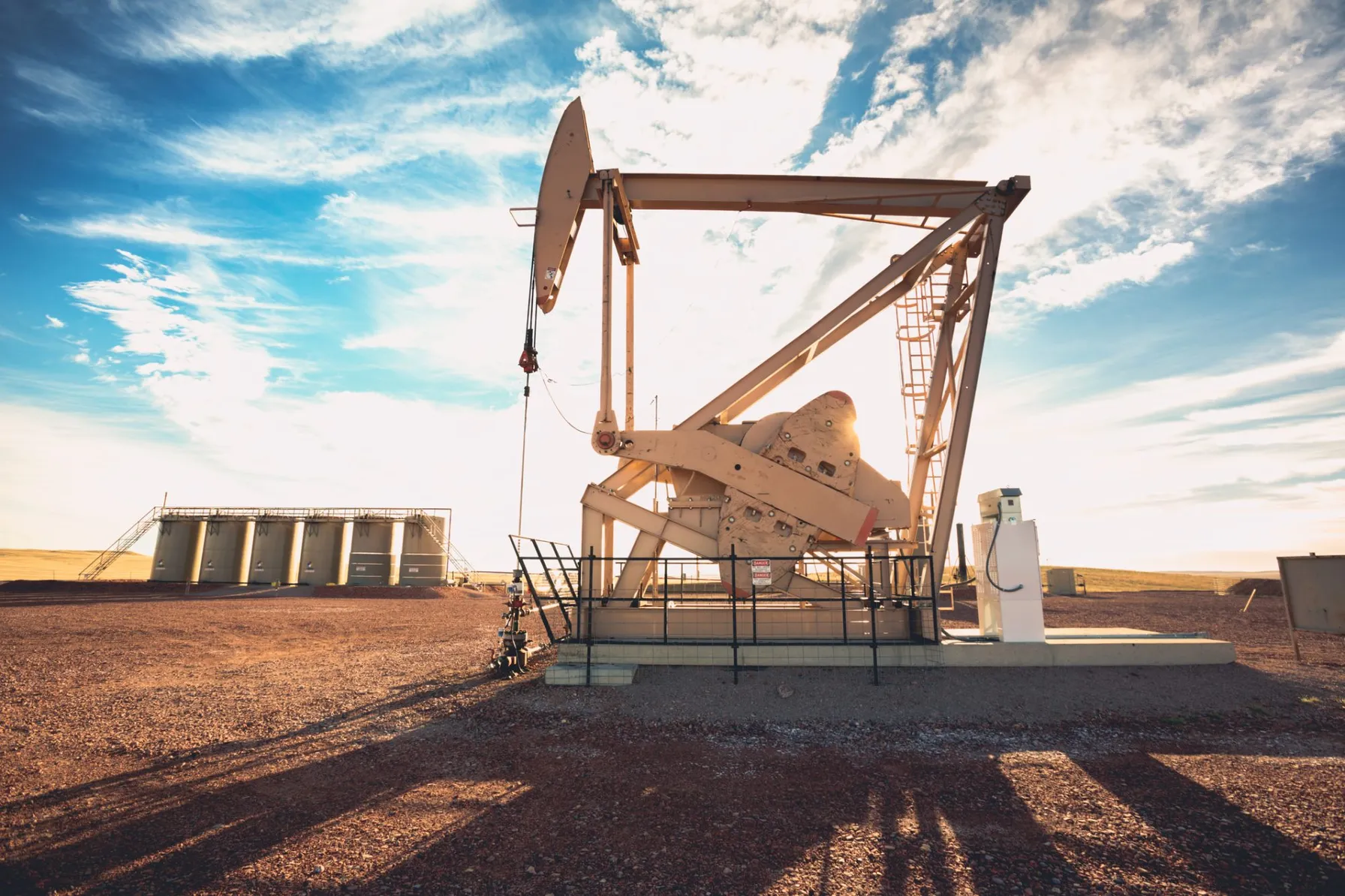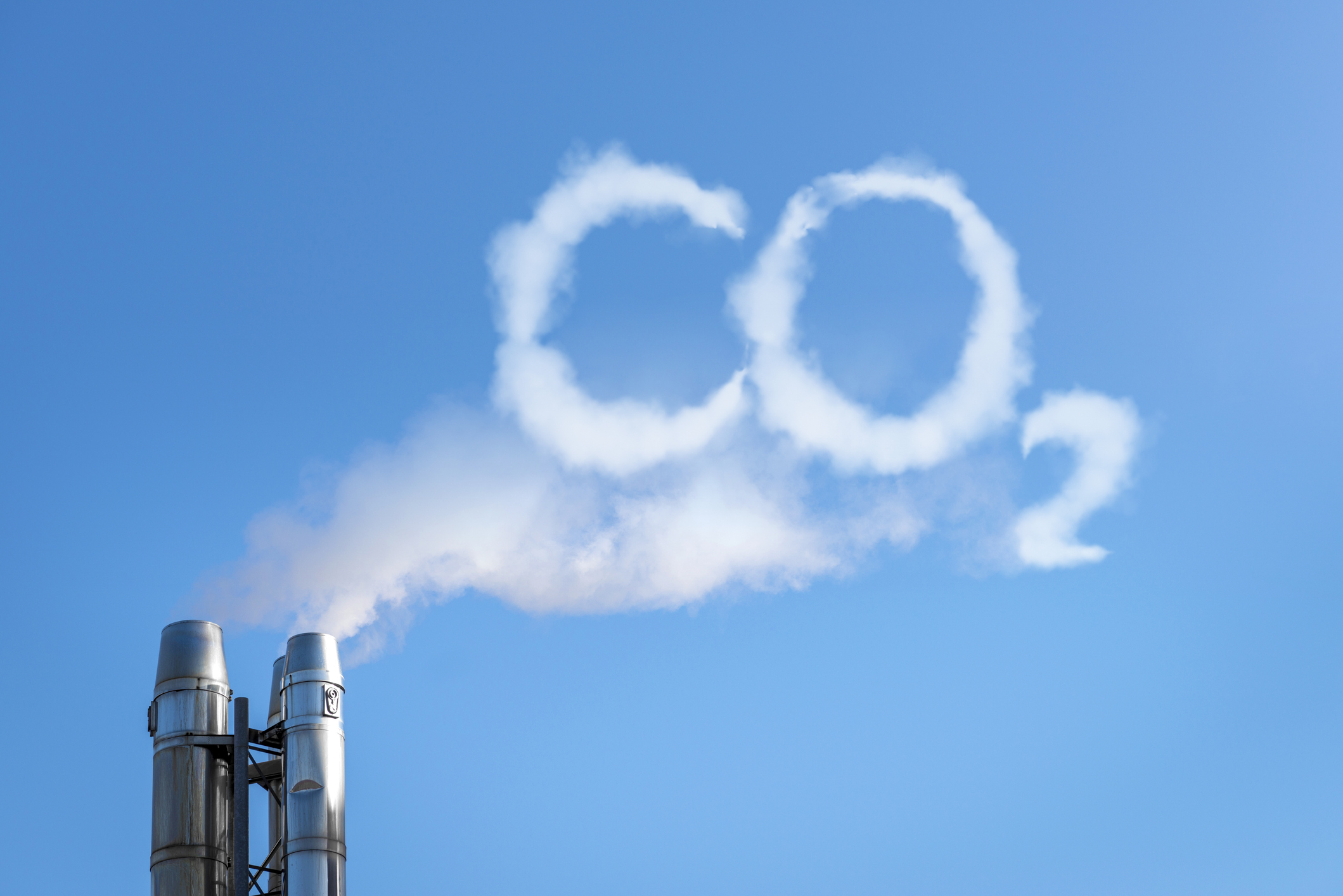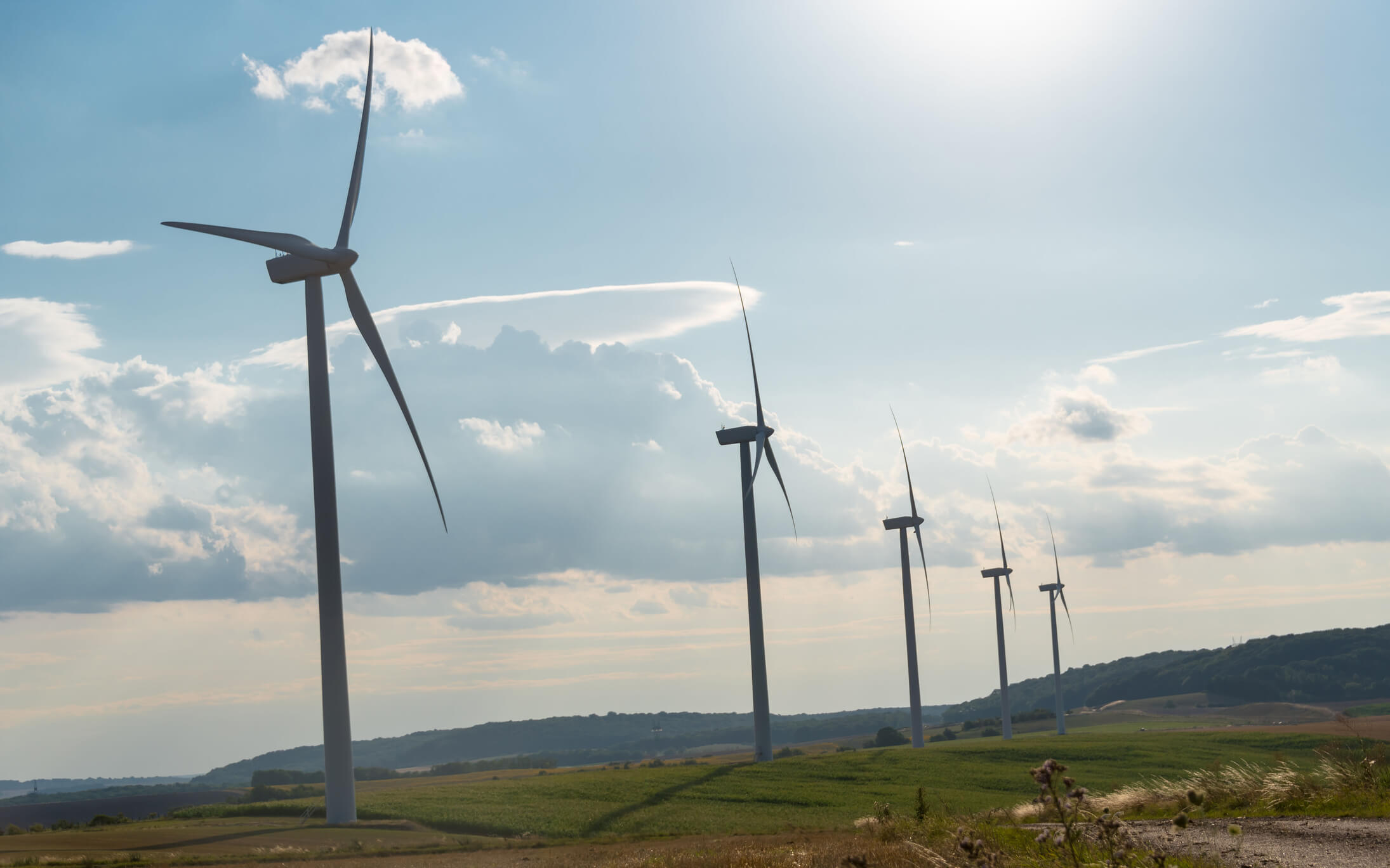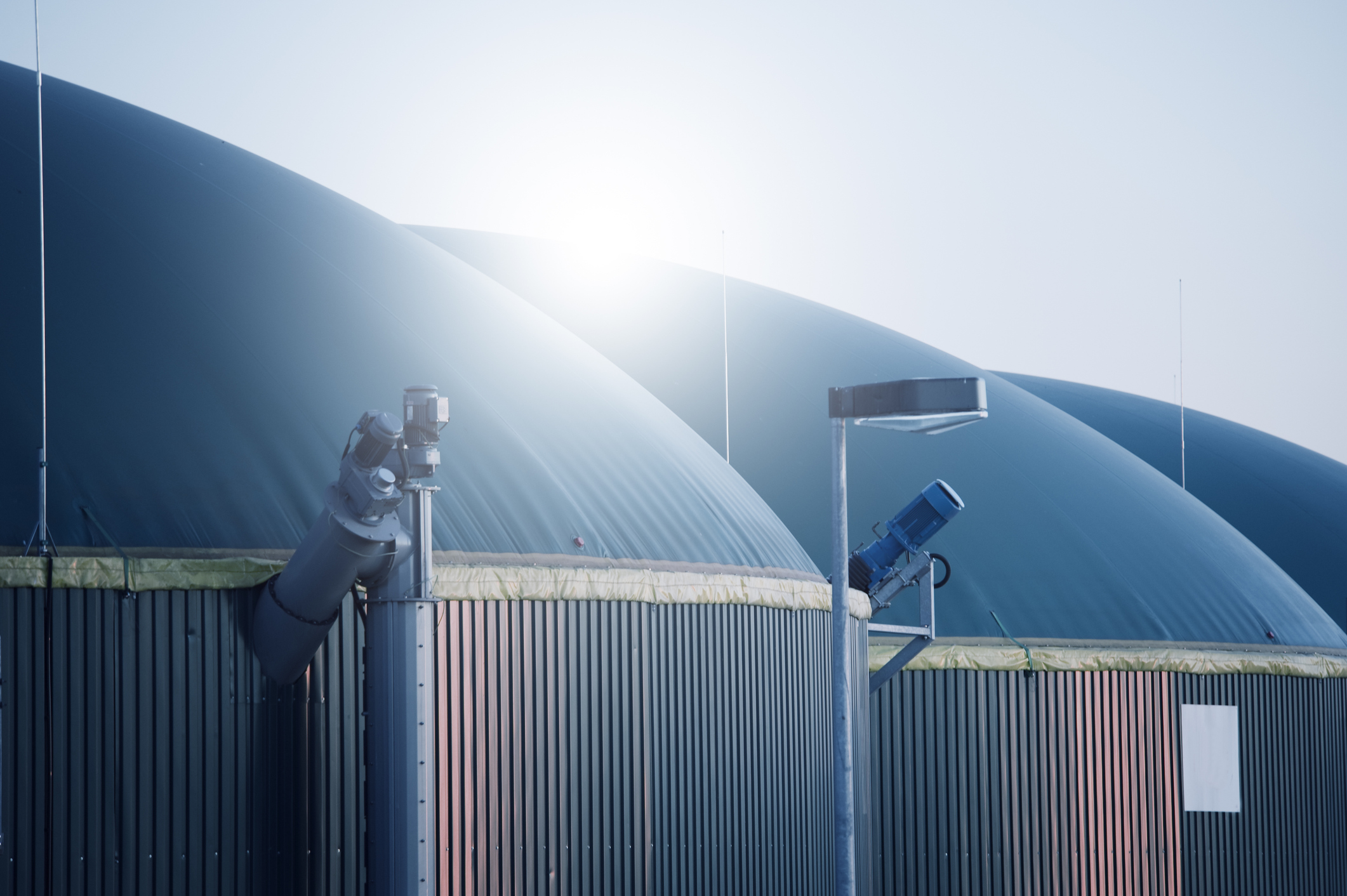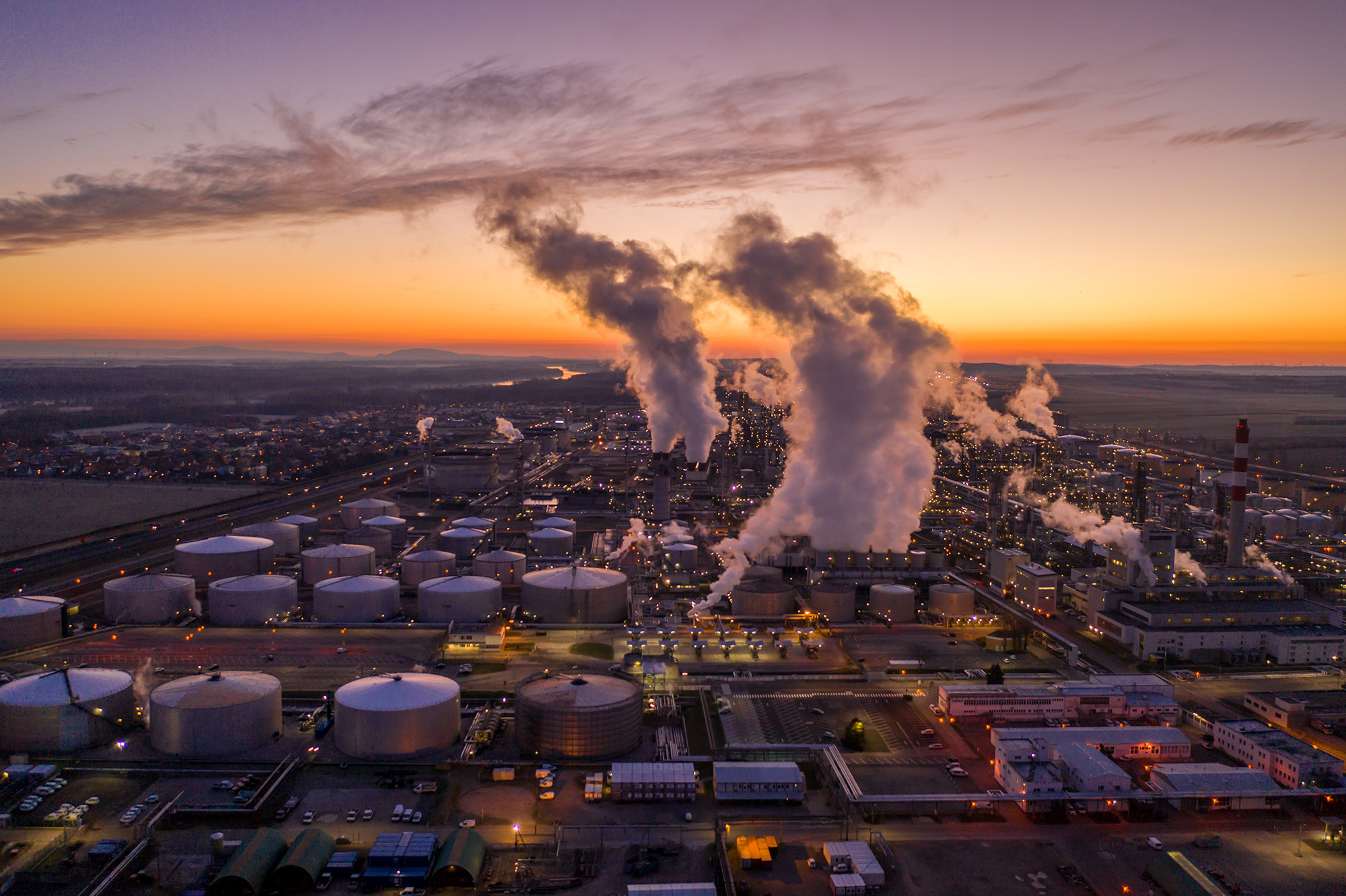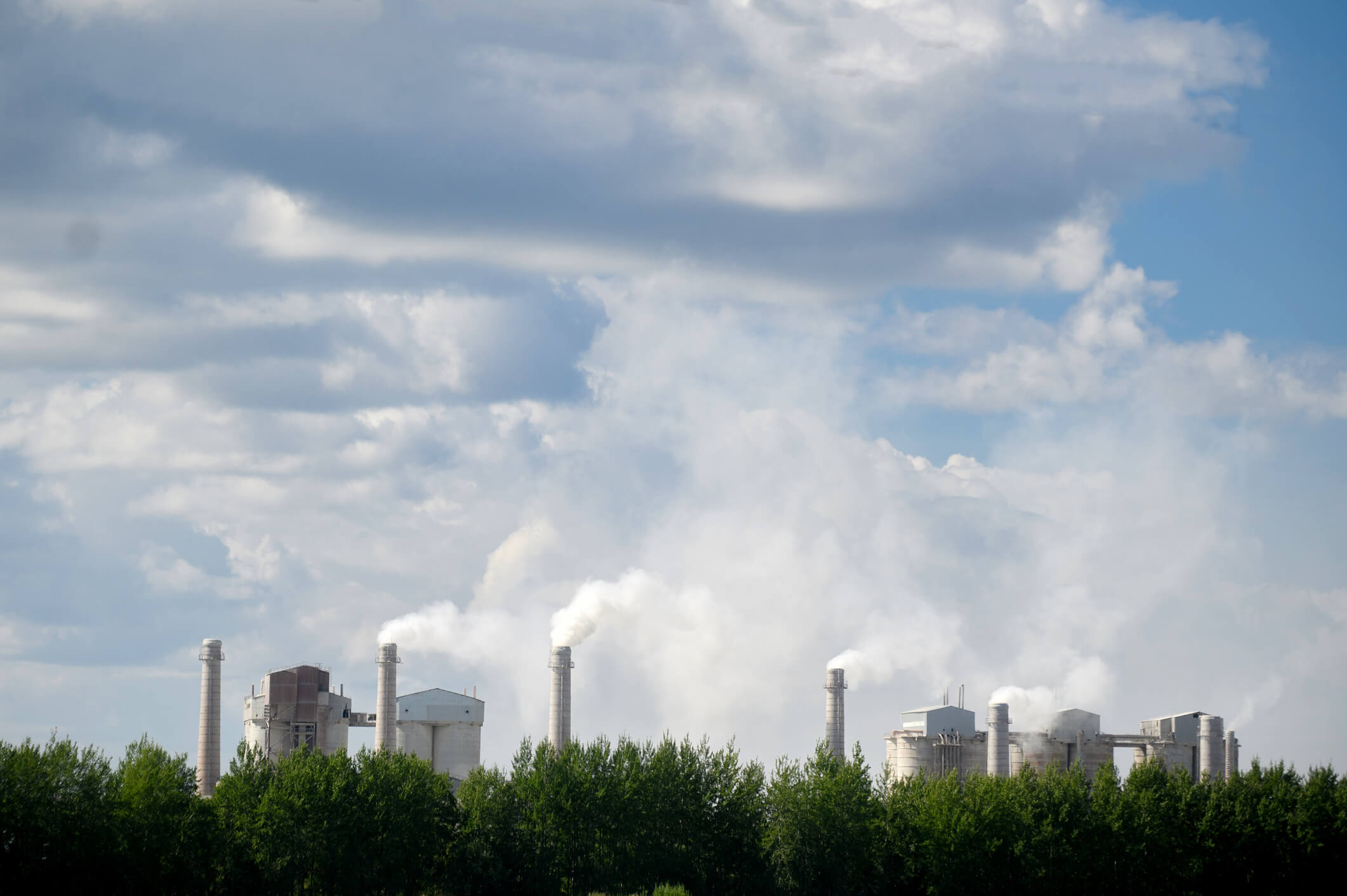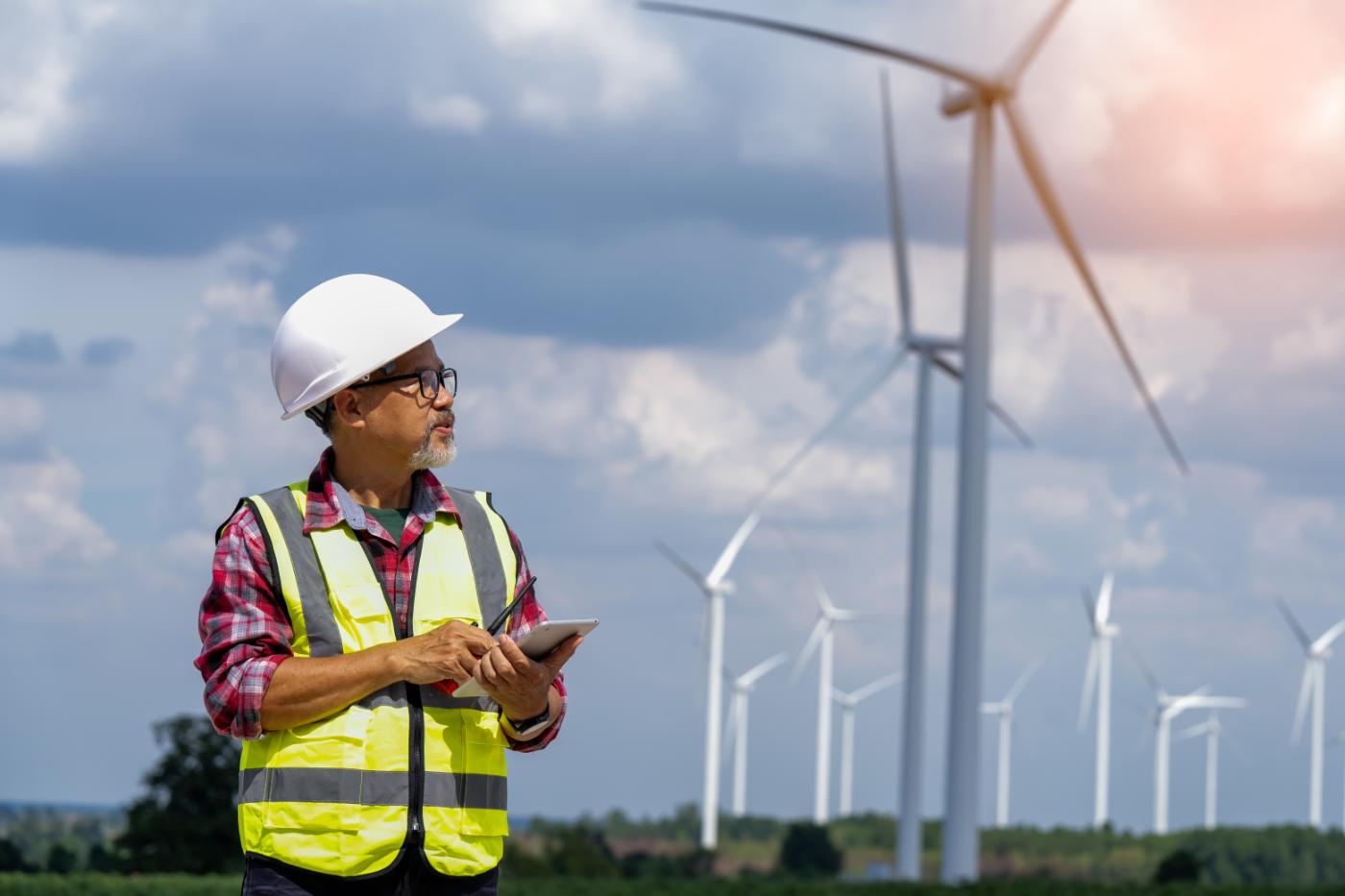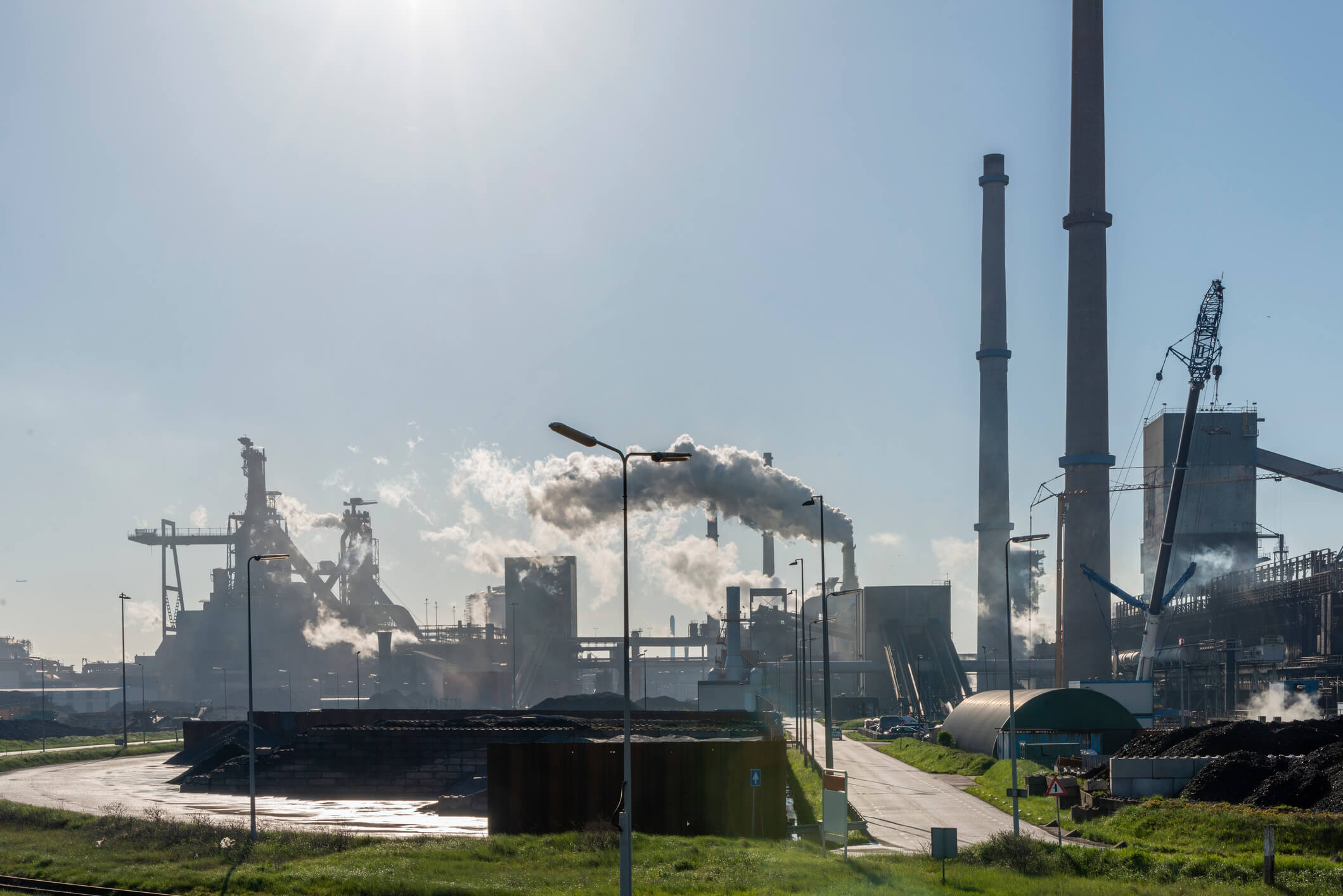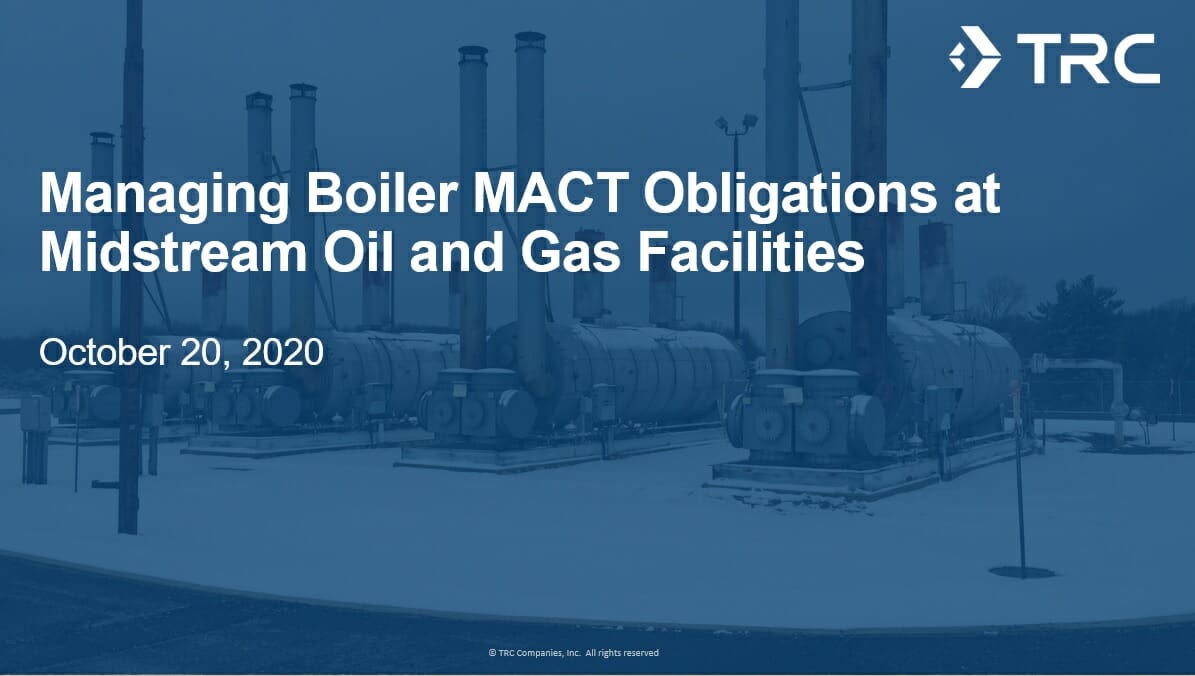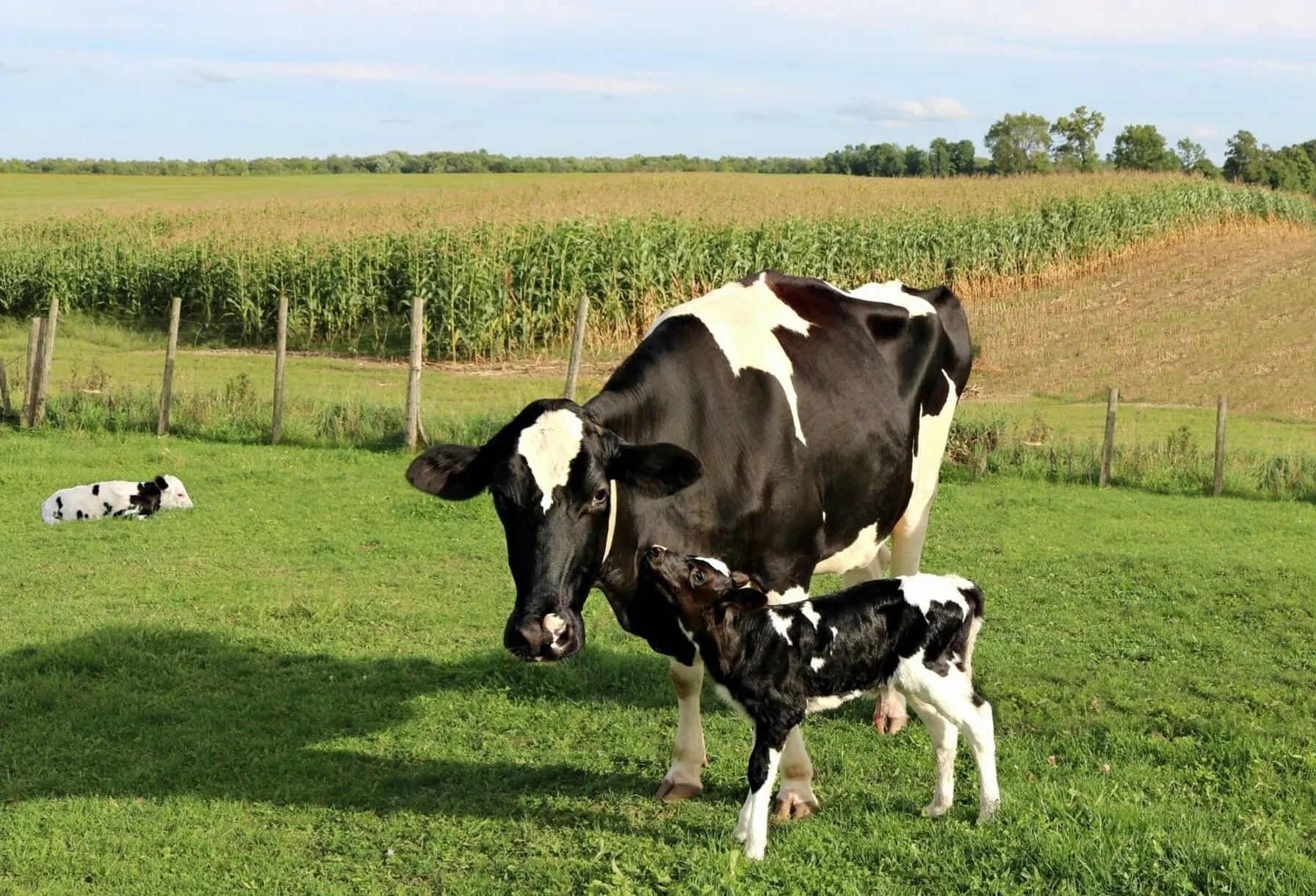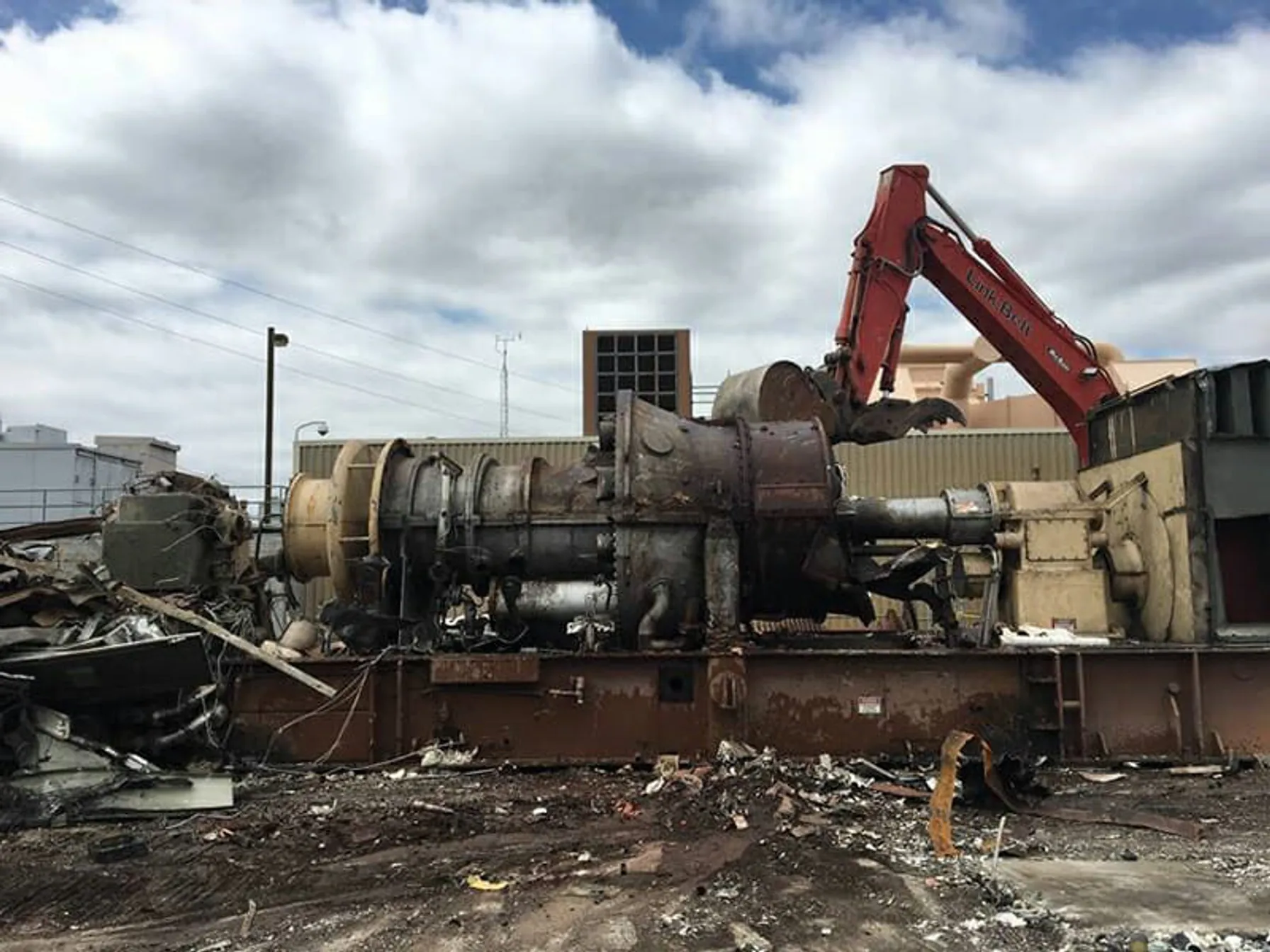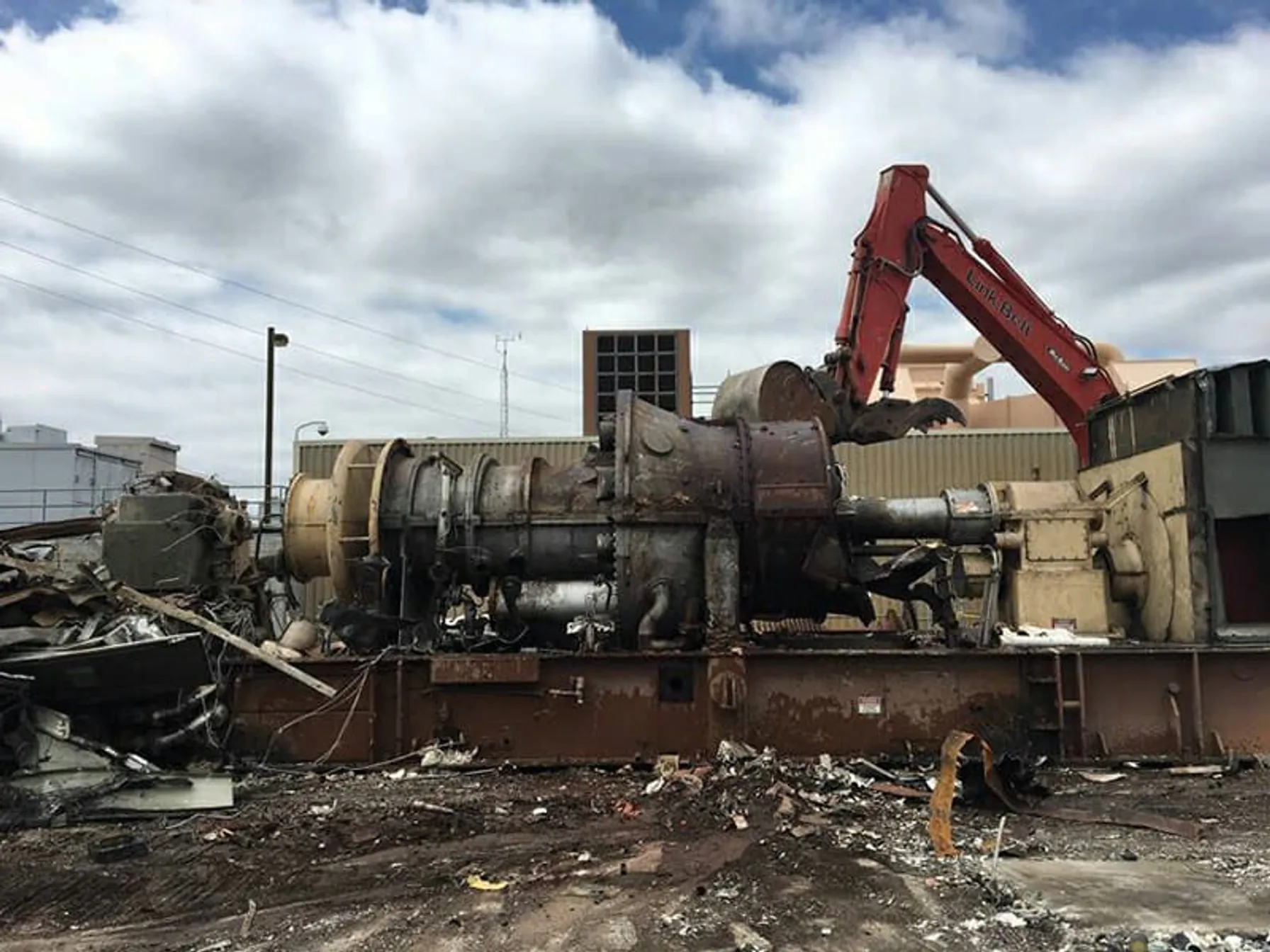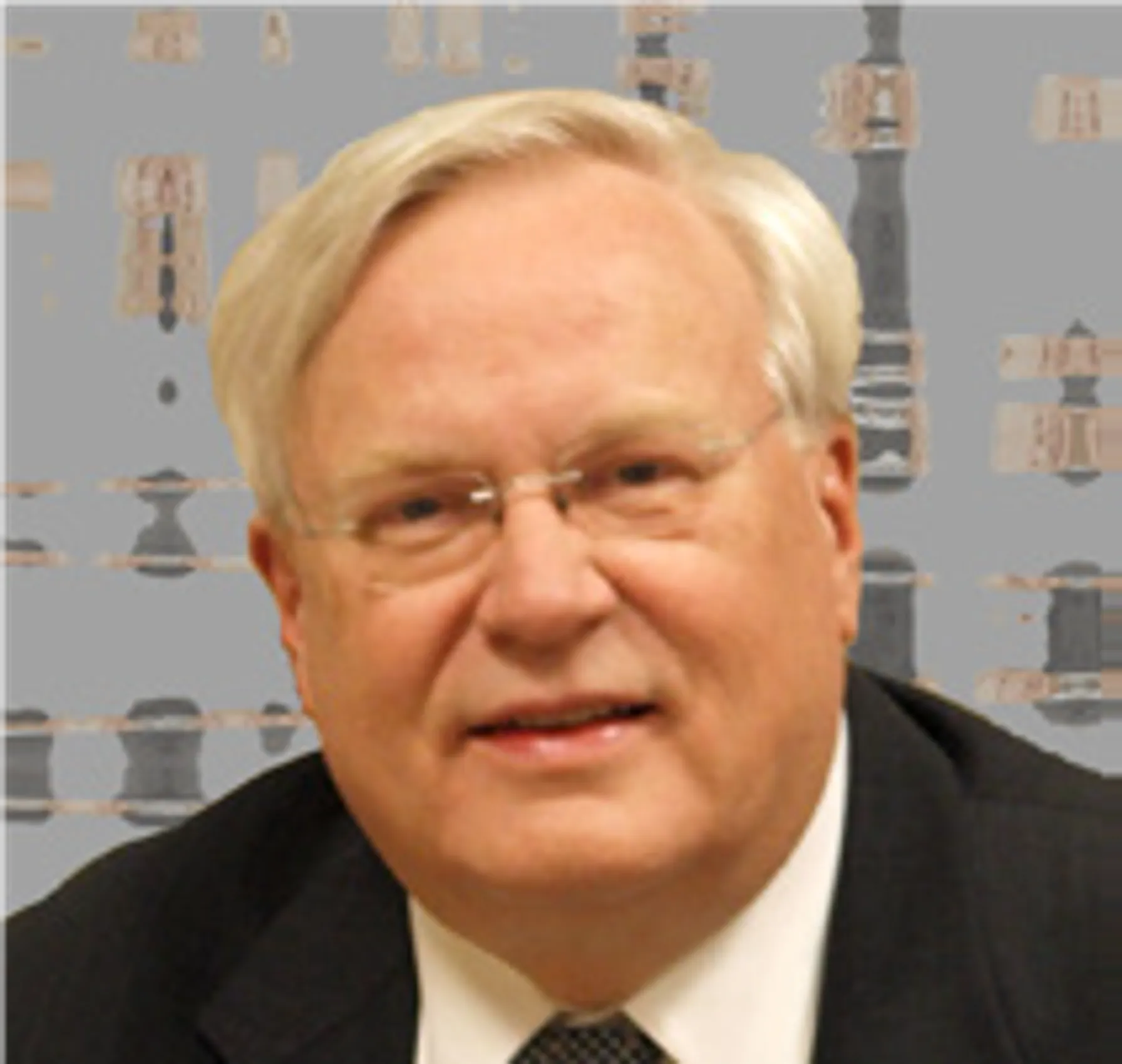In recent years, various agencies across the country have become committed to understanding the impacts of fog generated by cooling systems. At first glance, fog created by cooling towers may not appear to be a significant problem, however, it can have adverse effects on the public. Fog can impair visibility for people driving on roads and if temperatures are below freezing, fog can cause the formation of rime ice on surfaces. To understand the consequences of fog created by these cooling systems, experts have devised advanced modeling techniques.
Related Services
Dispersion Modeling
By using a dispersion modeling analysis, experts can determine how frequently fog from cooling facilities will pose a disturbance to the surrounding community. The dispersion modeling analysis considers factors such as changes in temperature and wind patterns in order to give experts a look into the ramifications of using cooling systems.
Plume Visibility Modeling
TRC has built a proprietary “Plume Visibility Model” to handle the issues of fogging and icing using standard meteorological data inputs. It was developed to address a particular client’s needs but is applicable to all situations. It delivers the number of fogging events in a year and the distances of fogs, or it can be used to determine the number of ice riming events and their severity.
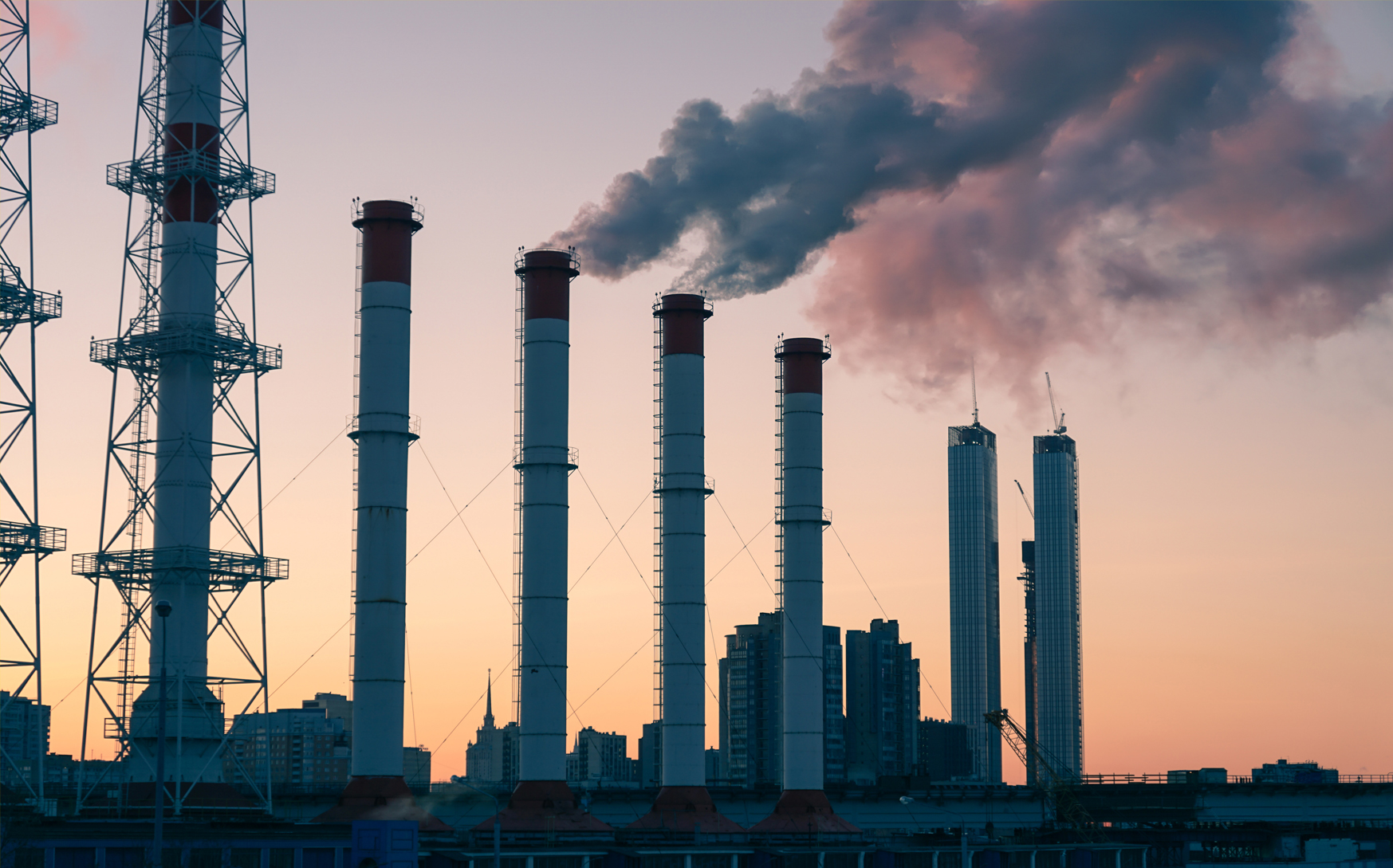
Understanding Stacks
In addition to modeling plume visibility, it’s important to understand the relationship between stacks, air pollution and fog. Stacks are essentially large chimneys that are used to disperse air pollution at industrial sites such as power plants and refineries. Stacks are designed to be tall enough that the various pollutants and particulate matter are emitted at a height that won’t have a significant impact on humans or wildlife. The emissions of water vapor from stacks oftentimes create fog. Water vapor from stacks can mix with water vapor present in the air, resulting in the formation of fog; this type of fog is referred to as “industrial fog.” Not only can the emissions from stacks create fog, but they also contribute to fog-related air quality issues. It is crucial to have experts on the job who understand how to properly manage the relationship between stacks, fog and air pollution.
Evaluating Rime Ice
Another issue that can arise with the water vapor from stacks is the creation of rime ice. TRC’s Plume Visibility Model can assess the dangers that various occurrences of fog can pose. The model uses standard airport meteorology (or more specific on-site data, if available) and methods to treat liquid water content and temperature to determine when liquid water droplets form and when the concentration of the water droplets creates a visible fog. By extension, the model can be used to tell when the liquid water droplets will freeze and when the droplets will attach to cold surfaces creating rime ice.
For instance, the stacks for pollutant absorbers contain large amounts of water. Modeling has been used to evaluate the pounds of rime ice that can build up on the outside surface of the stack to determine if the stack can structurally afford the weight of the ice or if heat tracing of the stack is needed. Alternatively, evaluations of roadway icing have been performed to determine if other mitigation, such as increasing the height of the stack, is necessary.
Next Steps
As a leader in the air sciences for over 50 years, TRC provides modeling support for all aspects of project development phases, from conception to operation. Our modeling staff is comprised of certified consulting meteorologists (CCM), qualified environmental professionals (QEP), environmental engineers and other related disciplines. TRC has the skills and knowledge to assist engineers, designers and builders to understand the impact of industrial fog and mitigate the issue if necessary.
Learn More From Our Subject Matter Expert
Gale Hoffnagle is TRC’s Technical Director in Air Quality Consulting. He is a Certified Consulting Meteorologist and Qualified Environmental Professional. He was a recipient of a master’s degree sponsored by the U.S. Clean Air Act of 1967 and began his air quality consulting career in the U.S. Air Force in 1968. His expertise —aside from permitting and air quality consulting on a wide range of air quality compliance issues— has been in air quality modeling. He has led consulting groups using several air quality models such as CALPUFF and the INTERA model. Gale has chaired seven conferences on modeling for regulatory applications of air quality modeling. He has been the president of the Air & Waste Management Association, the National Council of Industrial Meteorologists and the Connecticut Academy of Science and Engineering and remains very active in each of these organizations.
In his role as the Technical Director of the Air Quality Consulting Unit of TRC’s Air Measurements Practice, Mr. Gale Hoffnagle advises clients across the entire US and its territories, including Puerto Rico, Guam and Saipan. He also started providing expert testimony in court in 1976 and continues to provide litigation assistance in many states. Contact him at GHoffnagle@trccompanies.com.

Learn More From Our Technical Experts
TRC’s Center of Research and Expertise (CORE) is a multidisciplinary team led by proven subject matter experts in over 30 specialized technical areas. Our monthly CORE newsletter shares valuable insights on emerging technologies, significant challenges and innovative solutions present in many industries across the world. Our experts also share how they use their unique skills and experience to solve client issues and support our communities and the environment.


